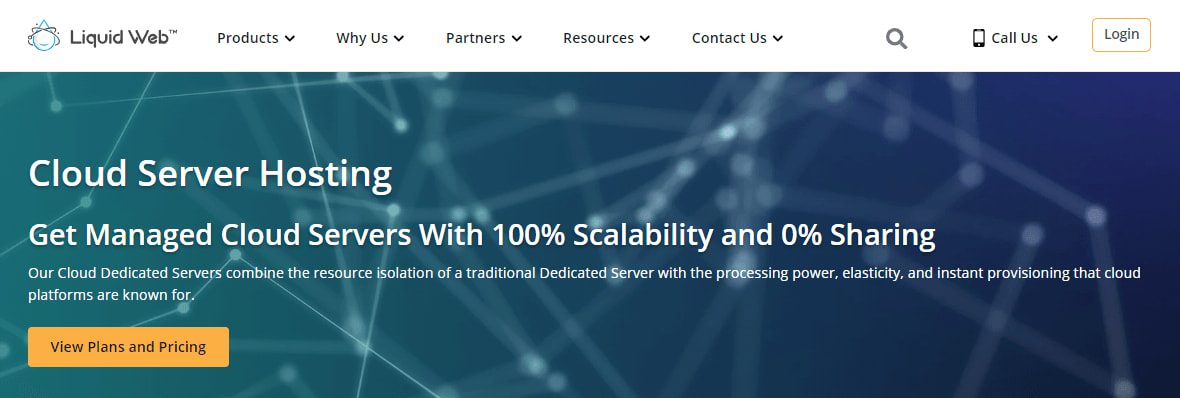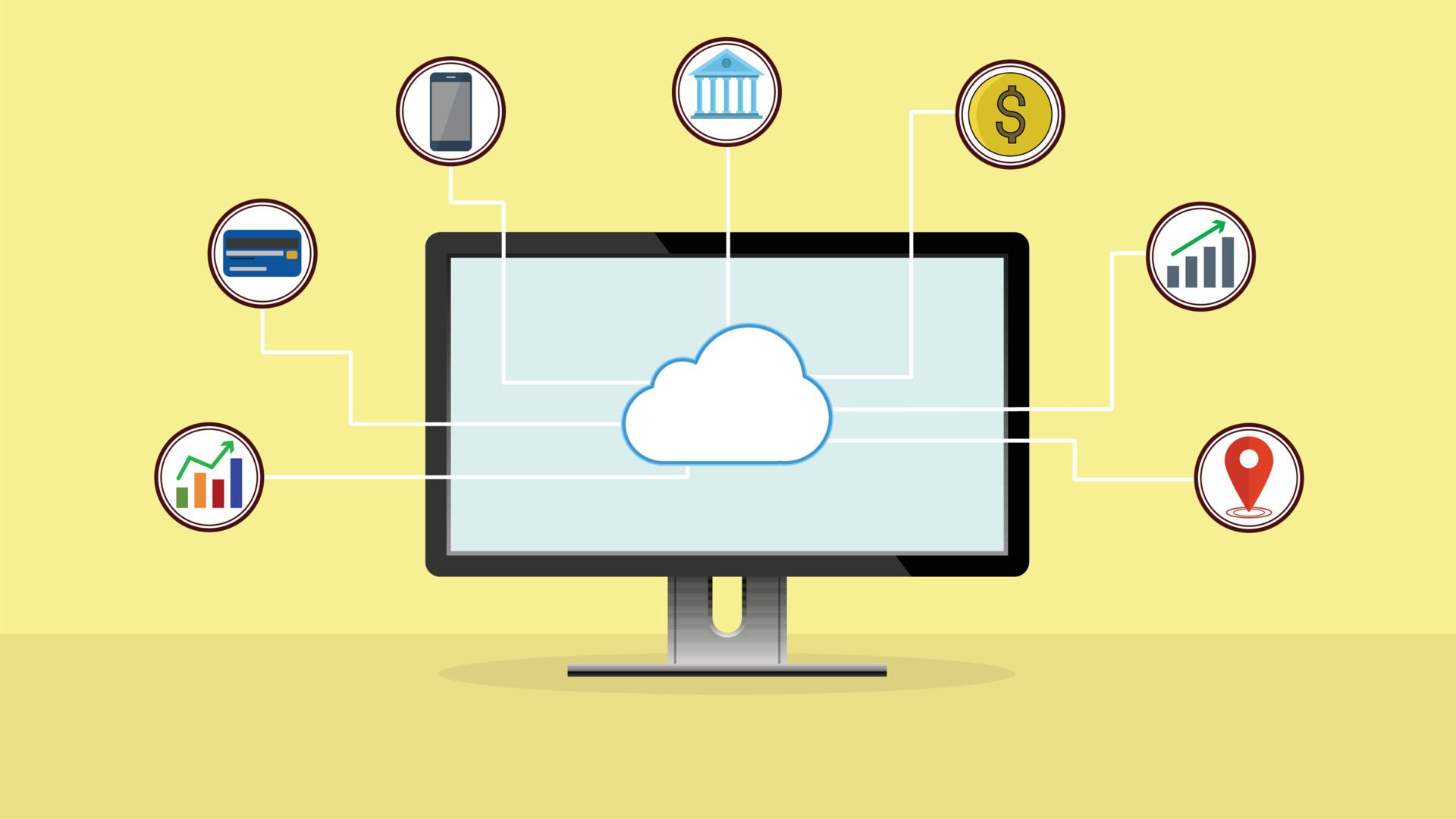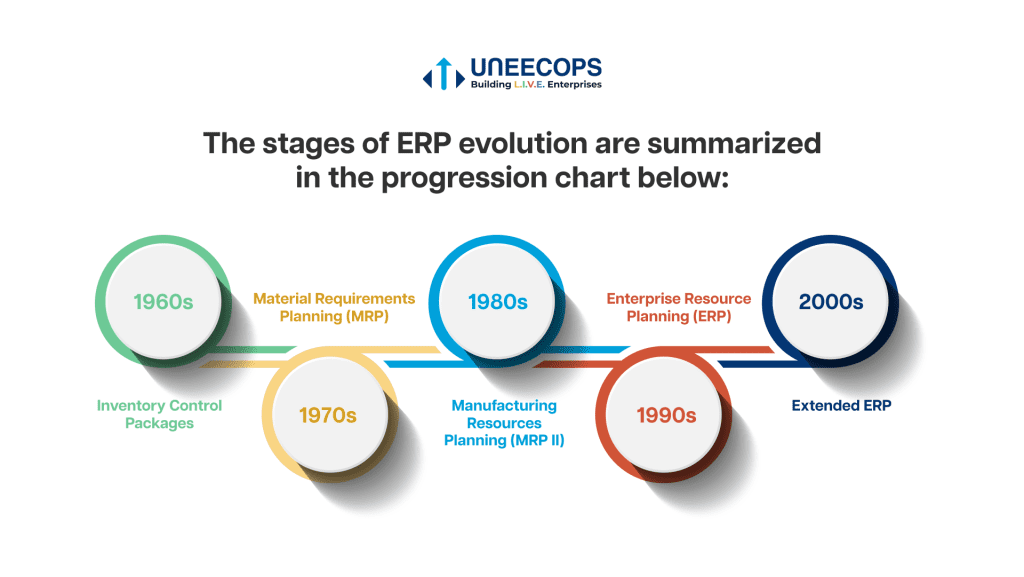Cloud Workload Protection Platform
Welcome, dear reader, to a world where cloud computing continues to grow and evolve at a rapid pace. With this progression comes the need for robust security measures to protect valuable data and sensitive information from cyber threats. One such solution is a Cloud Workload Protection Platform, a comprehensive tool designed to ensure the security of workloads in the cloud environment. By implementing this platform, organizations can strengthen their security posture and mitigate risks associated with cloud computing. Let’s delve into the importance of ensuring security with a Cloud Workload Protection Platform and how it can benefit businesses in today’s digital landscape.
Introduction to Cloud Workload Protection Platform
Cloud Workload Protection Platform (CWPP) is a security solution that is designed to protect the workloads running on cloud environments. It provides a comprehensive set of security tools and features to safeguard against various threats and vulnerabilities that can affect the cloud workloads. CWPP helps organizations to secure their cloud infrastructure and ensure the integrity, availability, and confidentiality of their data.
With the increasing adoption of cloud computing, organizations are moving their workloads to cloud environments for scalability, flexibility, and cost-efficiency. However, the shift to the cloud also brings new security challenges and risks. Cyber threats such as malware, ransomware, data breaches, and insider attacks can compromise the security of the cloud workloads and put sensitive data at risk.
Cloud Workload Protection Platforms are designed to address these security challenges by providing a centralized security solution that can protect the workloads across multiple cloud environments. CWPP solutions offer a range of security features such as antivirus, firewall, intrusion detection and prevention, encryption, and access control to secure the cloud workloads from various threats.
One of the key benefits of using a Cloud Workload Protection Platform is the ability to detect and respond to security incidents in real-time. CWPP solutions use advanced threat intelligence, machine learning, and behavioral analytics to identify suspicious activities and anomalies in the cloud workloads. This proactive approach to security helps organizations to prevent security breaches and minimize the impact of cyber threats.
Another advantage of CWPP is the scalability and flexibility it provides to organizations. Cloud Workload Protection Platforms are designed to support the dynamic nature of cloud environments and can easily scale up or down based on the workload requirements. This flexibility allows organizations to adapt their security measures to the changing needs of their cloud infrastructure.
In conclusion, Cloud Workload Protection Platform is a critical security solution for organizations that are moving their workloads to cloud environments. By leveraging the advanced security features and capabilities of CWPP, organizations can ensure the security and compliance of their cloud workloads, protect sensitive data, and mitigate the risks of cyber threats. With the increasing complexity of cloud environments and the evolving threat landscape, CWPP is essential for organizations to secure their cloud workloads and maintain a strong security posture in the cloud.
Key Features of a Cloud Workload Protection Platform
Cloud Workload Protection Platforms (CWPP) are essential for organizations looking to secure their cloud workloads and data. These platforms offer a wide range of features to safeguard against cyber threats and protect sensitive information. Below are some key features of a Cloud Workload Protection Platform:
1. Real-Time Threat Detection
One of the most important features of a CWPP is real-time threat detection. These platforms continuously monitor cloud workloads for any suspicious activities or anomalies that may indicate a potential security threat. By using advanced algorithms and machine learning techniques, CWPPs can detect and respond to threats in real-time, minimizing the risk of a successful cyber attack.
2. Vulnerability Management and Patching
Vulnerability management and patching are crucial for maintaining a secure cloud environment. A good CWPP will have features that automate the process of identifying vulnerabilities in the cloud workloads and applying patches to fix them. This ensures that the cloud infrastructure is always up-to-date and protected against known security vulnerabilities.
CWPPs can also provide insights into the overall security posture of the cloud environment by analyzing vulnerability data and generating reports on potential risks. This enables organizations to proactively address security issues before they can be exploited by cybercriminals.
Additionally, some CWPPs offer vulnerability scanning capabilities that continuously scan cloud workloads for potential security weaknesses. This helps organizations stay ahead of emerging threats and ensures that their cloud infrastructure remains secure at all times.
3. Cloud Workload Behavioral Analysis
Another key feature of a CWPP is cloud workload behavioral analysis. By analyzing the behavior of cloud workloads, these platforms can detect any abnormal activities that may indicate a security breach. This helps organizations identify and respond to potential threats before they can cause any harm.
Cloud workload behavioral analysis also allows organizations to create baselines of normal behavior for their cloud workloads. This makes it easier to spot deviations from the norm and quickly take action to mitigate any potential risks. By leveraging behavioral analysis, CWPPs can provide organizations with enhanced visibility and control over their cloud workloads.
In conclusion, a Cloud Workload Protection Platform is essential for organizations that want to secure their cloud environments and protect sensitive data. By leveraging features such as real-time threat detection, vulnerability management, and cloud workload behavioral analysis, organizations can strengthen their security posture and defend against a wide range of cyber threats.
Benefits of Implementing a Cloud Workload Protection Platform
Implementing a Cloud Workload Protection Platform (CWPP) can offer a wide range of benefits to organizations looking to secure their cloud-based workloads. Here are some key advantages of integrating a CWPP into your security strategy:
1. Enhanced Security: By implementing a CWPP, organizations can benefit from enhanced security measures specifically designed to protect cloud-based workloads. These platforms offer advanced threat detection capabilities, real-time monitoring, and automated responses to potential security incidents. With a CWPP in place, organizations can better protect against cyber threats and ensure the integrity of their cloud workloads.
2. Compliance: Many industries have strict regulatory requirements when it comes to protecting sensitive data in the cloud. Implementing a CWPP can help organizations meet compliance standards by providing visibility and control over cloud workloads. These platforms often come with built-in compliance tools that can assist organizations in maintaining compliance with industry regulations and standards.
3. Scalability and Flexibility: One of the key benefits of implementing a CWPP is the scalability and flexibility it offers to organizations. As cloud workloads grow and evolve, a CWPP can easily adapt to meet changing security needs. Whether an organization is scaling up its cloud infrastructure or migrating to a new cloud provider, a CWPP can provide consistent security measures across all environments. Additionally, these platforms often offer customization options to tailor security policies to the specific needs of an organization.
Additionally, a CWPP can provide organizations with increased visibility into their cloud workloads, allowing them to gain insights into potential security risks and vulnerabilities. By having a clear understanding of their cloud environment, organizations can proactively identify and address security issues before they escalate into major incidents.
Overall, implementing a CWPP can help organizations strengthen their cloud security posture, improve compliance efforts, and adapt to the ever-changing landscape of cloud environments. By investing in a CWPP, organizations can better protect their sensitive data, applications, and workloads in the cloud, ultimately reducing the risk of security breaches and data loss.
Best Practices for Securing Workloads in the Cloud
When it comes to securing workloads in the cloud, there are several best practices that organizations should implement to protect their data and infrastructure. Here are some key recommendations:
1. Use Multi-Factor Authentication (MFA): One of the most important steps in securing workloads in the cloud is to enable multi-factor authentication for all users. MFA adds an extra layer of security by requiring users to provide two or more forms of verification before they can access their accounts. This helps to prevent unauthorized access in case a user’s password is compromised.
2. Implement Strong Access Controls: Organizations should carefully manage access to their cloud workloads by implementing strong access controls. This includes defining role-based access policies, regularly reviewing and updating permissions, and monitoring user activity to detect any suspicious behavior. By controlling who has access to sensitive data and resources, organizations can reduce the risk of a security breach.
3. Encrypt Data in Transit and at Rest: Encrypting data is essential for protecting it from unauthorized access. Organizations should encrypt data both in transit and at rest to ensure that it remains secure at all times. This can help to prevent data breaches and mitigate the impact of any security incidents.
4. Regularly Update and Patch Systems: Keeping systems up to date with the latest security patches is crucial for protecting workloads in the cloud. Vulnerabilities in software can be exploited by cybercriminals to gain access to sensitive data, so it is important to regularly update and patch systems to address any known weaknesses. Organizations should also monitor for new vulnerabilities and apply patches promptly to reduce the risk of a security breach.
In conclusion, securing workloads in the cloud requires a combination of practices such as enabling MFA, implementing strong access controls, encrypting data, and keeping systems updated. By following these best practices, organizations can enhance the security of their cloud workloads and protect their data from cyber threats.
Case Studies: Success Stories of Cloud Workload Protection Platform Implementation
Cloud Workload Protection Platforms have proven to be invaluable tools for organizations looking to secure their cloud environments and protect their workloads from cyber threats. Implementing a CWPP can provide a wide range of benefits, from increased visibility and control over cloud workloads to enhanced threat detection and response capabilities. In this article, we will explore some real-world case studies of organizations that have successfully implemented Cloud Workload Protection Platforms and the positive outcomes they have achieved.
1. Company A is a leading technology company that deals with a large volume of sensitive customer data on a daily basis. Concerned about the increasing number of cyber threats targeting their cloud workloads, they decided to implement a Cloud Workload Protection Platform. By leveraging the platform’s advanced threat detection capabilities, Company A was able to identify and eliminate several previously undetected threats within their cloud environment. As a result, they were able to significantly reduce their risk exposure and enhance their overall cybersecurity posture.
2. Company B is a global financial services firm that operates in multiple countries around the world. With strict compliance requirements and a growing number of cyber attacks targeting financial institutions, Company B knew they needed a robust security solution to protect their cloud workloads. After implementing a Cloud Workload Protection Platform, they were able to achieve compliance with industry regulations and maintain a secure infrastructure. The platform’s continuous monitoring and real-time alerts helped Company B detect and respond to threats quickly, minimizing the impact on their operations.
3. Company C is a healthcare organization that stores a vast amount of confidential patient information in the cloud. With the rise of ransomware attacks targeting healthcare providers, Company C sought to fortify their cloud security defenses. By deploying a Cloud Workload Protection Platform, they were able to safeguard their sensitive data and prevent unauthorized access to their systems. The platform’s data encryption and access control features enabled Company C to maintain HIPAA compliance and protect patient privacy.
4. Company D is an e-commerce retailer that relies on their cloud infrastructure to support their online storefront and customer transactions. Concerned about the potential impact of a data breach on their business reputation, Company D invested in a Cloud Workload Protection Platform to secure their cloud workloads. The platform’s automated security assessments and vulnerability management capabilities helped Company D proactively identify and remediate security gaps before they could be exploited by cyber criminals. As a result, they were able to maintain customer trust and ensure the integrity of their e-commerce operations.
5. Company E is a startup company that specializes in developing innovative software solutions for businesses. As they scaled up their operations and expanded their cloud footprint, Company E recognized the need for a comprehensive security solution to protect their intellectual property and customer data. After implementing a Cloud Workload Protection Platform, they were able to establish a secure environment for their cloud workloads and prevent unauthorized access to their proprietary information. The platform’s user behavior analytics and threat intelligence capabilities enabled Company E to detect and respond to threats in real-time, safeguarding their sensitive assets and maintaining the trust of their clients.






